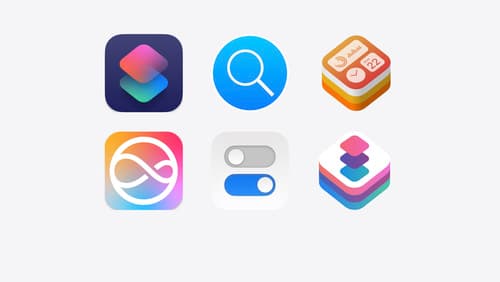how mutable property can be sendable?
Asked on 2024-10-17
1 search
In Swift, a mutable property can be made sendable by ensuring that it protects its state from concurrent accesses. This is important to avoid data races, which can lead to crashes or unpredictable behavior. In Swift 6, data race safety is verified at compile time, and one way to achieve this is by marking types as sendable.
A type can qualify as sendable if it uses mechanisms like locks to manage access to its mutable state. Alternatively, Swift provides a feature called actors, which are reference types that encapsulate shared mutable state and ensure safe concurrent access. By using actors, you can make a mutable property sendable because actors handle synchronization for you.
For public types, Swift requires you to explicitly add sendable conformances because marking a type as sendable is a guarantee to your clients that the type contains no mutable state that could lead to data races. This explicit conformance is necessary to avoid prematurely locking in sendability, especially if you might want to change the type's mutability in the future.
For more details, you can refer to the session Migrate your app to Swift 6 (32:27).

Consume noncopyable types in Swift
Get started with noncopyable types in Swift. Discover what copying means in Swift, when you might want to use a noncopyable type, and how value ownership lets you state your intentions clearly.

What’s new in App Intents
Learn about improvements and all-new features with App Intents, and discover how this framework can help you expose your app’s functionality to Siri, Spotlight, Shortcuts, and more. We’ll show you how to make your entities more meaningful to the platform with the Transferable API, File Representations, new IntentFile APIs, and Spotlight Indexing, opening up powerful functionality in Siri and the Shortcuts app. Empower your intents to take people deep into your app with URL Representable Entities. Explore new techniques to model your entities and intents with new APIs for error handling and union values.

A Swift Tour: Explore Swift’s features and design
Learn the essential features and design philosophy of the Swift programming language. We’ll explore how to model data, handle errors, use protocols, write concurrent code, and more while building up a Swift package that has a library, an HTTP server, and a command line client. Whether you’re just beginning your Swift journey or have been with us from the start, this talk will help you get the most out of the language.
